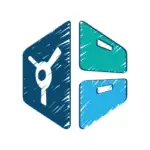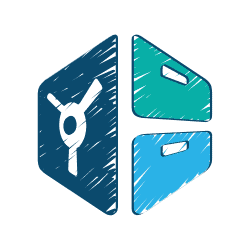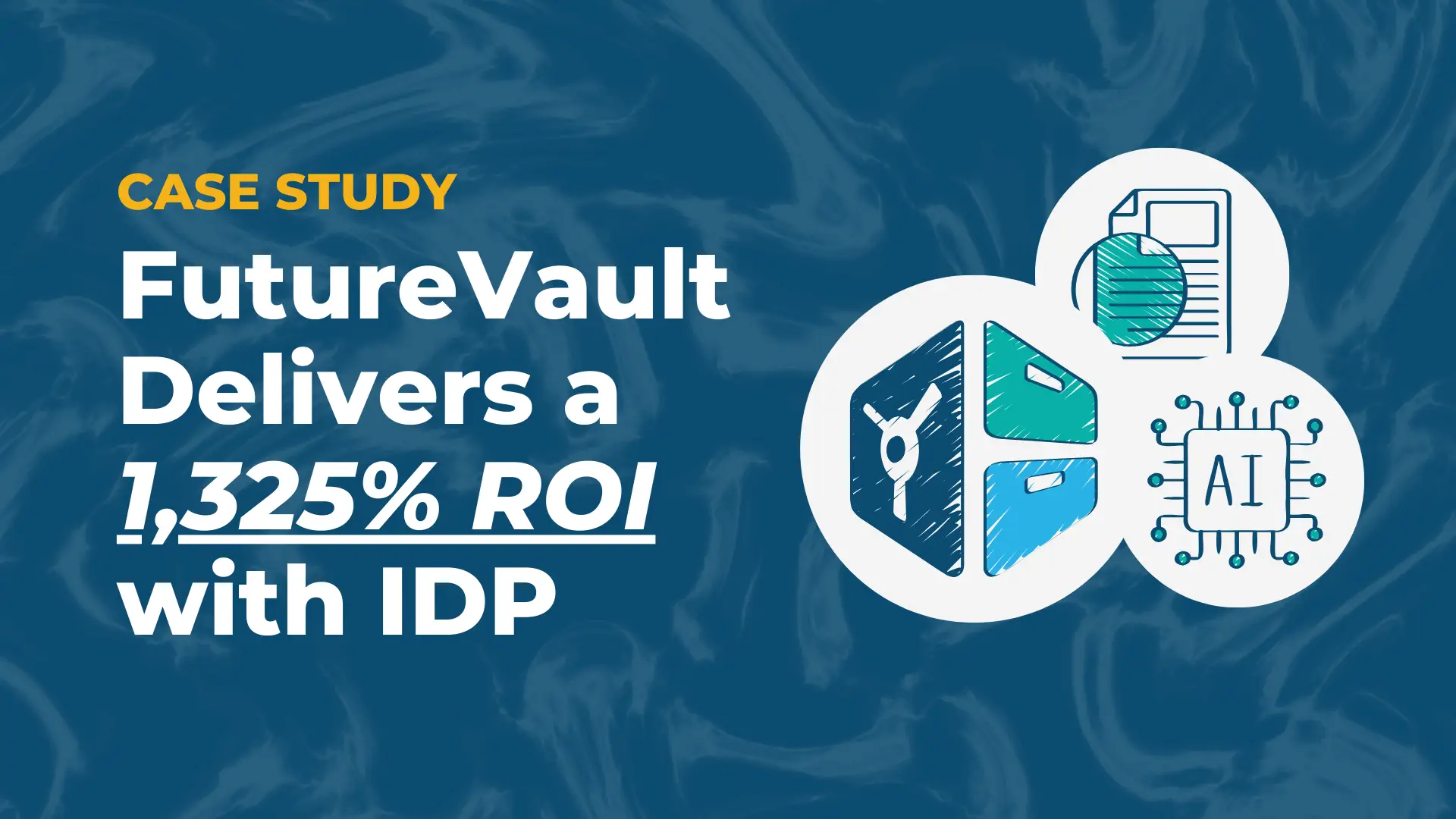A University of Southern California research group led by Jack Nilles conducted one of the first major studies on “telecommuting”, now more commonly known as remote work, spurred on by skyrocketing fuel prices during the 1973 OPEC oil crisis. The research focused on a Los Angeles-based insurance company with more than 2,000 employees. Each worker traveled 34.4 kilometers a day on average, at a total cost (in 1974 prices) of US$2.73 million a year. The study concluded that technology would make it possible and cost-efficient but that organizational cultures would have to change.
Remote work, in the not so recent past, was an evolution of changing belief systems, technology, and progressive leadership. Airtasker, a community outsourcing platform, did a survey comparing the productivity, spending, and health of the remote workforce vs. in-office employees where they surveyed 1,004 full-time employees across the U.S., 50% of whom worked remotely.
Remote workers saved an annual average of $4,523 on fuel, saved 408 hours in commuting, which equals 17 days. On average, remote employees worked 1.4 more days every month, or 16.8 more days every year, than those who worked in an office. Surveyed remote workers did take more time for breaks; however, that lead to higher rates of productivity.
Though reports indicate flexible work arrangements and a remote workforce equals more productivity and happier employees, according to an OWL LABS report published in late 2019, 44% of companies globally were not allowing employees to work remotely.
COVID-19 changed everything.
Now that remote work is a reality; businesses remain focused on ensuring that teams can continue to work collaboratively & securely not only across the organization, but with their clients as well. For remote work to be successful, a variety of factors have to come into play, including open communication, trust, a well-defined remote work company policy, proper training for managers and employees, and the leading digital tools. Without the right infrastructure in place, managing the digital connection across organizations and with clients can become complicated; but with the right infrastructure and tools, now that’s a game-changer.
Digital tools for the remote workplace
With the world moving towards a digital workplace at an astonishingly rapid pace, those who fail to adapt will soon risk losing any sort of competitive edge they currently have. It is critical that companies aim to get ahead of the curve and equip themselves with innovative and efficient digital tools to manage this change. To speed up their digital transformation process, companies can choose to adopt different tools from customer relationship and recruitment to client collaboration and secure document storage, to name a few.
A major driver influencing the transition to a successful digital workplace is choosing the right toolkit —integrating complementary tools that enable employees to communicate and collaborate effectively across locations with each other and with their clients, importantly. The benefits of doing this are immense; increased return on investment, improved internal and external communication, centralization of information, enhanced employee and customer experience, improved operating efficencies, all of which leads to higher revenue and profits.
The right tools will help a business organize its knowledge base, allow for the seamless exchange and storage of information, as well as enhance collaboration with clients. With a myriad of options available, the goal for any organization should be to choose their digital tools in a way that they complement one another and help employees be more productive, whether they are physically present in the office or working remotely.
Championing the customer experience during volatile times
The expanding digital landscape is constantly creating new and quicker ways to connect with customers. During these times where people are frequently bombarded with new information every second, buying goods and services is just one click away. With limitless options available in the market, providing an exceptional customer experience is becoming ever more important. Particularly in times of crisis like COVID-19, client interactions with advisors and organizations can trigger an immediate and lasting effect on their sense of trust and loyalty.
Digital delivery options have become a necessity for most customers who were confined at home. Even among the most “digitally resistant” customers, adoption seems to have significantly grown since the start of 2020. For businesses, this means that the rapid development of digital functionalities is the true key to success by ensuring continuity of services. According to a report on improving customer experience by McKinsey, 80% of companies believe that their core business model should be digitized to remain economically viable.
Now more than ever is the optimal time for executives with purchase power to consider investment in the data, technology, and systems required to deliver exceptional experiences. Having the right digital tool at your disposal can enable this business transformation through streamlining communication channels, improving internal and external collaboration, meeting reporting requirements and even fulfilling auditory obligations.
Improving productivity and collaboration through Digital Vaults
A Digital Vault works like a safety deposit box to manage all your valuable information and documents, giving you a convenient single point of reference so you can easily access your digital assets. While secure document storage is at the core of what Digital Vaults can offer, the benefits extend well beyond storing documents by providing additional tools that enable organizations to easily improve their operating power as well as client collaboration, including allowing clients to securely share their documents with people they trust in their lives such as family members, lawyers, doctors, accountants, wealth managers. In addition to the security and convenience offered by Digital Vaults, they also make it far easier to organize, manage, and find the documents you need, often in just seconds, saving your organization and your clients several hours looking for key documents.
From both an operational and compliance perspective, Digital Vault solutions solve many business challenges by ensuring that all critical business documents are secured in one central location that is accessible across devices, anytime, anywhere.
FutureVault’s Digital Vault technology eliminates the need to rely on paper-driven processes or worry about having to be physically in the office to manage important company and client documentation. With all of the critical documents available in one central location FutureVault helps organizations free up time and resources that they would otherwise spend on completing administrative tasks.
Within FutureVault’s multi-tiered platform you are easily able to bulk upload, download and distribute documents, as well as streamline overall business processes through advanced features like e-signature integrations and workflows, dynamic checklists for collecting information and onboarding clients, audit trail to track all interactions, notifications and reminders. This enables institutions and advisors to invest more of their time into providing a good experience for their clients, which allows them to build more trust at scale.





